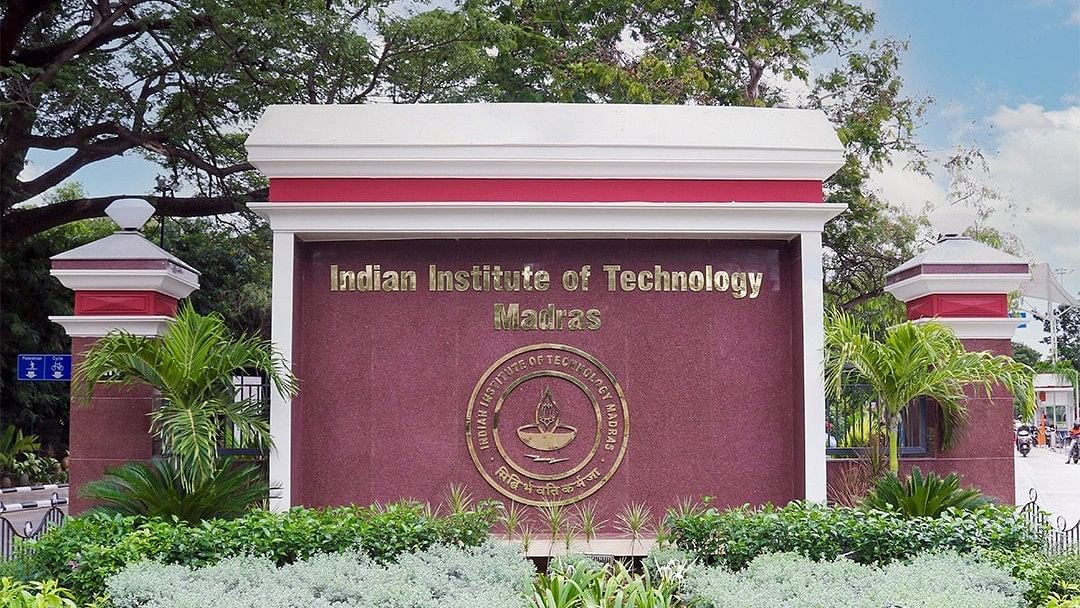
A plaque of IIT-Madras.
Credit: X/@iitmadras
The 2024 National Institutional Ranking Framework (NIRF), which evaluates educational institutions across India, presents few surprises in its latest edition. The NIRF was conceived as an initiative to create a spirit of competition among India’s educational institutions and prompt them to improve their standards. A national platform was needed because the work of international evaluation agencies had not been relevant to our country.
Rankings have just been released for 16 different categories. Three new categories — state universities, skill universities, and open universities — have been added this year. IIT-Madras has topped the overall category, followed by IISc Bengaluru in second place, and IIT-Bombay in the third. Institutions like AIIMS Delhi and the National Law School in Bengaluru have topped their respective categories. Other than IISc and the NLSIU, Karnataka has not found an important place in the rankings. It should also be noted that private institutions are better placed than government institutions.
While most top institutions have done well to retain their ranking, others should strive to compete with the leaders in their categories. That is the aim of the ranking exercise as such. None of India’s educational and research institutions has a high place when it comes to global rankings. It is only through internal competition that they can improve their standards and positions, and the NIRF provides a platform for that.
There should be better support from the government, with more conducive policies and better budgetary support for education. Higher education standards improve only when school education improves. So efforts should start from the school level.
It was also announced that the Ministry of Skill Development and Entrepreneurship (MSDE) is considering a similar ranking system for the 15,000 Industrial Training Institutes (ITIs). The initiative aims to improve the appeal and quality of the ITIs, which provide basic technical and vocational education. Most are in the private sector.
The enrolment rate is only about 43 per cent in private ITIs and a little over 50 per cent in government ITIs. Along with complaints of high youth unemployment, there are complaints that adequately skilled human resources are not available in India. The ITIs can play a big role in the government’s skilling programmes. They cover a wide range of about 150 trades. The institutes should be upgraded and made more attractive for students who leave the secondary stream. Annual assessment and ranking will help make ITIs more competitive and visible. Ultimately, ranking systems should lead to improvement of standards across the spectrum.